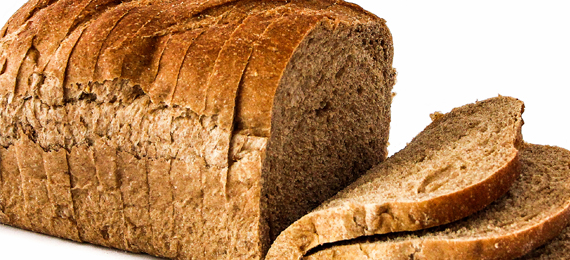
If you are curious to know, why was sliced bread banned in the US? As the price administration office increased the flour prices, the government decided to ban the pre-sliced bread and the bread slicing machinery. Read on to discover the history of sliced bread banned during WWII and what made sliced bread illegal in the United States?
Why Was Sliced Bread Banned? Find the Real Story behind
Read further to uncover the interesting story behind the sliced bread ban. Bread is one of the most popular and oldest foods in the world. It is a staple food prepared by baking dough and water, which is convenient, easy to prepare, cheap, and available everywhere.
Otto Rohweder, a Missouri jeweler, introduced the loaf of pre-sliced bread to Americans by inventing the automatic bread slicing machine in 1928. The sales went on board as it was cheap and readily available, which saved every person’s time.
When Was Sliced Bread Invented?
- A. 1928
- B. 1930
- C. 1932
- D. 1934
However, on Jan 18, 1943, during world war Ⅱ, there was a problem with pre-sliced bread across the United States, which made sliced bread to be banned from American bakeries and homes. The office of price administration set new baking regulations. A massive amount of resources were going into the war effort, making the government create an administration in charge of rationing food.
The expensive bread slicing machines were banned by hoping that the bakeries could keep their prices low. Claude R. Wickard, the secretary of agriculture, officially made an order to ban the pre-sliced bread on January 18, 1943. They thought it could conserve wax, paper, wheat, and steel by banning the pre-sliced bread. But unfortunately, it didn’t work out.
According to the war food administration, pre-sliced bread used more wax papers than unsliced bread to prevent spoilage. But there was no shortage of wax papers as the companies stalked the wax papers for several months. And thus, banning pre-sliced machines could save a lot of steel as the machinery was made of steel. The ban wasn’t even saving money but couldn’t save wax paper, flour, wheat, and steel.
The sliced bread banned during WWII has met many pushbacks from the public side, making the Americans get back their cherished sliced bread on March 8, 1943, within three months after the ban.